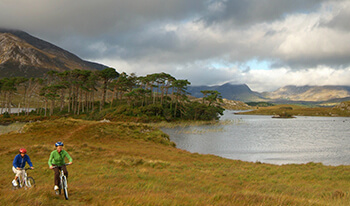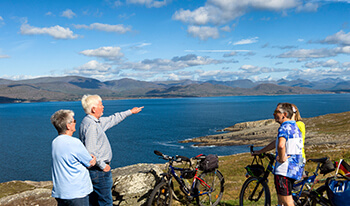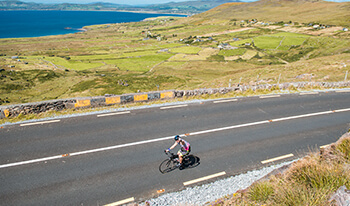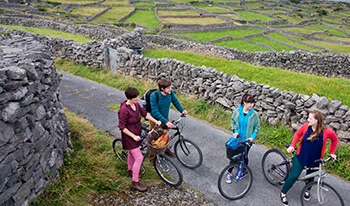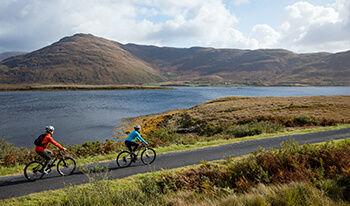West Cork and Kerry Cycling Tour
Our first biking Ireland tour and still one of our favourite routes. We start and finish the tour in the bustle of Killarney. We circumnavigate the beautiful Beara and Mizen Peninsulas before heading inland on Thursday to peaceful Gougane Barra, site of St Finbar's hermitage retreat.























